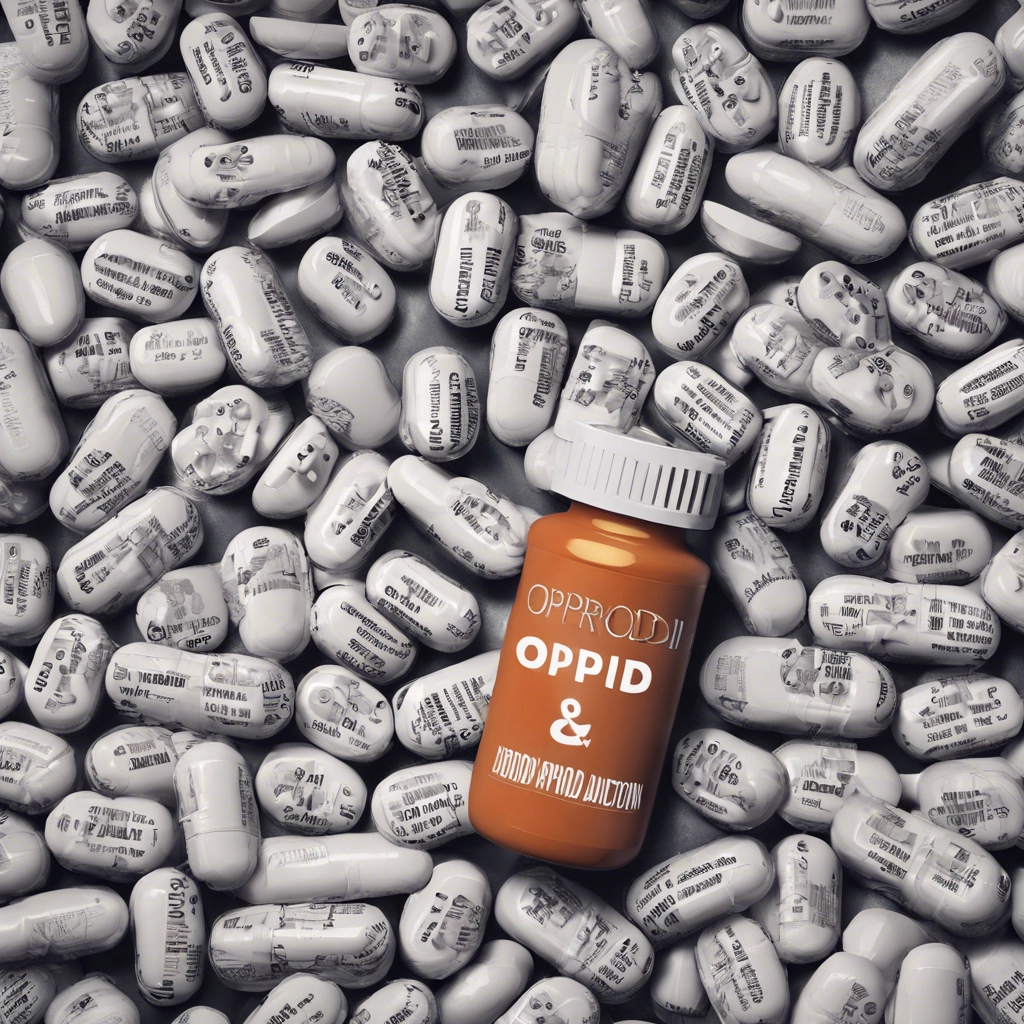
Opioid addiction and opioid use disorder have become significant public health concerns, with the Centers for Disease Control and Prevention highlighting the severity of the issue. Understanding the risk factors, symptoms, and treatment options for opioid addiction and use disorder is crucial in addressing and combating these challenges. In this article, we will explore strategies for overcoming opioid addiction and opioid use disorder.
Understanding Opioid Addiction
Opioid addiction can develop in individuals who misuse opioids, including prescription opioids and illicit drugs such as heroin. Several risk factors can contribute to the development of opioid addiction. Genetic predisposition, environmental factors, and a history of substance use can increase the likelihood of addiction. Additionally, the pleasure and euphoria produced by opioids can lead individuals to misuse and become addicted to these substances.
The symptoms of opioid addiction can vary but often include cravings, an inability to control opioid use, and physical dependence. Addiction treatment for opioids typically involves a combination of medication and therapy. Medications like methadone and buprenorphine are opioid agonists that help individuals reduce withdrawal symptoms and cravings, enabling them to focus on recovery through therapeutic interventions.
Recognizing Opioid Use Disorder
Opioid use disorder is characterized by a problematic pattern of opioid use that leads to significant impairment or distress. Signs and symptoms of opioid use disorder include increased tolerance to opioids, unsuccessful attempts to cut down or control opioid use, and continued use despite adverse consequences. The primary goal of treating opioid use disorder is to reduce opioid misuse and prevent opioid overdose.
Therapy plays a crucial role in treating opioid use disorder by addressing underlying psychological and behavioral aspects of addiction. Cognitive-behavioral therapy and motivational interviewing are among the therapeutic approaches that help individuals develop coping strategies and motivation to abstain from opioid use.
Overcoming Opioid Dependency
Individuals dependent on opioids may experience withdrawal symptoms when attempting to discontinue use. These symptoms can be physically and psychologically distressing, making it challenging for individuals to overcome opioid dependency. Medications like naloxone are available to help prevent opioid overdose by reversing the effects of opioids, particularly in emergency situations.
Furthermore, for individuals seeking to overcome opioid dependency, medications such as methadone and buprenorphine can play a crucial role. These medications help in reducing cravings and managing withdrawal symptoms, supporting individuals in their journey towards recovery and sustained abstinence from opioids.
Pain Management and Opioid Use
Opioids can be effective in providing pain relief for individuals with severe pain, such as those with cancer-related pain or post-surgical pain. However, it is essential to use opioids for pain management cautiously to minimize the risk of addiction and misuse. Alternative treatment options for chronic pain, including physical therapy, acupuncture, and non-opioid medications, can be considered to alleviate pain without the potential risks associated with opioid use.
Prescribers and healthcare providers play a critical role in promoting safe and responsible opioid use for pain management. Educating patients about the potential risks of opioid medications and monitoring their opioid use can help prevent the misuse and diversion of opioids, contributing to safer pain management practices.
Preventing Opioid Misuse
Preventing opioid abuse and misuse requires multifaceted strategies, including education, awareness, and regulatory measures. Educating the public about the risks of opioid misuse and promoting safe storage and disposal of opioid medications can help reduce the availability of opioids for non-medical use.
Additionally, monitoring and regulating the prescribing practices of opioids can contribute to preventing misuse and diversion of these medications.
Fentanyl, a potent synthetic opioid, has been a contributing factor to opioid misuse and overdose due to its high potency. Heightened awareness and efforts to curb the illicit production and distribution of fentanyl are essential in addressing the challenges posed by this dangerous opioid.
Q: What are the risk factors for opioid addiction?
A: Risk factors for opioid addiction include a family history of substance use disorder, experiencing trauma or stressful events, mental health conditions, and a history of using opioids for pain relief.
Q: What are the symptoms of opioid addiction?
A: Symptoms of opioid addiction may include strong cravings for the drug, inability to control opioid use, neglecting responsibilities, withdrawal symptoms when not using the drug, and continuing to use opioids despite negative consequences.
Q: What are the treatment options for opioid addiction?
A: Treatment options for opioid addiction include medication-assisted treatment (MAT), counseling and therapy, inpatient or outpatient rehabilitation programs, and support groups such as Narcotics Anonymous.
Q: What is the difference between physical dependence on opioids and addiction?
A: Physical dependence is a physiological state where the body has adapted to the presence of the opioid, while addiction involves compulsive drug-seeking behavior despite harmful consequences and is considered a complex brain disease.
Q: How can opioid addiction be treated?
A: Opioid addiction can be treated through a combination of medication, counseling, and behavioral therapies to address the biological, psychological, and social aspects of the addiction.
Q: What should I do if I suspect someone is struggling with opioid addiction?
A: Encourage the person to seek professional help, provide support without enabling their addictive behavior, and educate yourself about the resources and treatment options available for opioid addiction.
Q: Is it safe to abruptly stop taking opioids?
A: Abruptly stopping opioid use can lead to severe withdrawal symptoms and should be done under the supervision of a healthcare professional to ensure a safe and effective tapering off of the drug.
Q: What are the risks of using opioids for pain relief?
A: Risks of using opioids for pain relief include the potential for developing physical dependence, addiction, overdose, and experiencing adverse side effects such as respiratory depression and constipation.
Q: What is the role of therapy in opioid use disorder treatment?
A: Therapy plays a crucial role in opioid use disorder treatment by addressing underlying psychological factors, teaching coping skills, and helping individuals develop healthier behaviors and relationships.
Q: Where can I find reliable information about opioid addiction treatment?
A: You can find reliable information about opioid addiction treatment from reputable sources such as the U.S. Department of Health and Human Services website, the Substance Abuse and Mental Health Services Administration (SAMHSA), and organizations specializing in addiction treatment and research.










